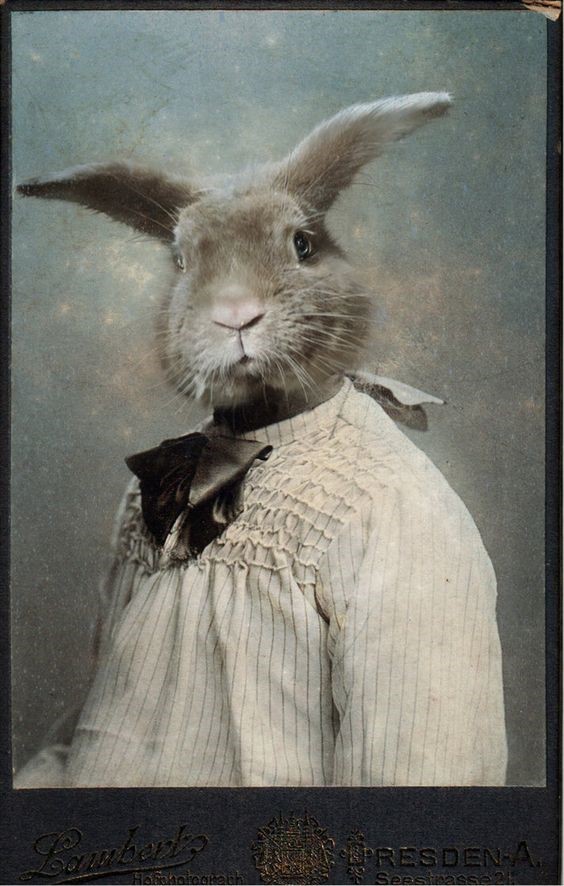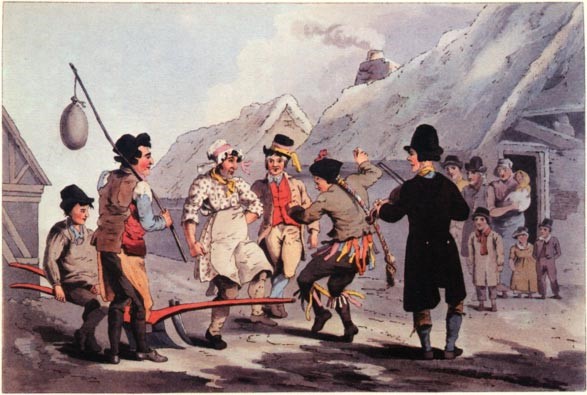By the 1870s, the smock frock was seen as old-fashioned and associated with the countryside. In the increasing urban sprawl of the late nineteenth century, the unspoilt countryside was looked upon with both nostalgia and as a source of purity. To many town dwellers, those who lived there had better lives with fresh air and wholesome food, although the realities could be very different. The smock became linked with the nostalgia that many urban dwellers had for their rural childhoods and the naturalness of the countryside. It was a garment that could thus also be used to good effect by conmen. In newly appearing suburbs, ‘the countryman’ often appeared dressed in a ‘snowy’ white smock frock to sell his home grown produce to unsuspecting housewives. In 1879, one purported to sell cheese and butter homemade by his wife. Tasting the cheese, so as not to be duped, the housewife found that she had a bargain, the ignorant countryman selling his cheese for nine pence a pound instead of a shilling charged in the shops. The deal was struck, the countryman disappeared and the buyer was left with a cheese that when unwrapped for supper was ‘hot and dry and rank flavoured’ and not at all what she had tasted on the doorstep. The plug used to take the sample was tampered with, the good cheese placed at the end, so it appeared that the ‘rank’ cheese was being honestly tasted. The butter too, was likely to have been tampered with, genuine butter cased over the filling of something else altogether.
Despite the Food Adulteration Acts of 1872 and 1875, food tampering continued, then as now, playing on consumer anxieties both about retailers and food producers and the sense of vulnerability and lack of control when not in charge over your own food production. ‘Bad’ food became a preoccupation of Victorian reformers during much of the nineteenth century, spearheaded by the medical journal, The Lancet, and given publicity by magazines such as Household Words, run by Charles Dickens. The desire for a bargain and to eat good food cheaply, was a preoccupation then as today, and without enforced regulations, the question of honesty and trustworthiness were paramount. Some frauds were relatively benign but others were outright dangerous, such as sulphate of lime and alum in flour and sulphuric acid and lead in vinegar. Meat too, could come from indistinguishable sources and indeterminate animals. The appearance and manner of a seller was all there was to enable a judgement of somebody’s trustworthiness. The smock frock was a useful tool to suggest honesty with its rural associations, even if in reality, the countryman’s ‘dairy farm [was]…situated in a back street in the rural regions of Whitechapel’.

